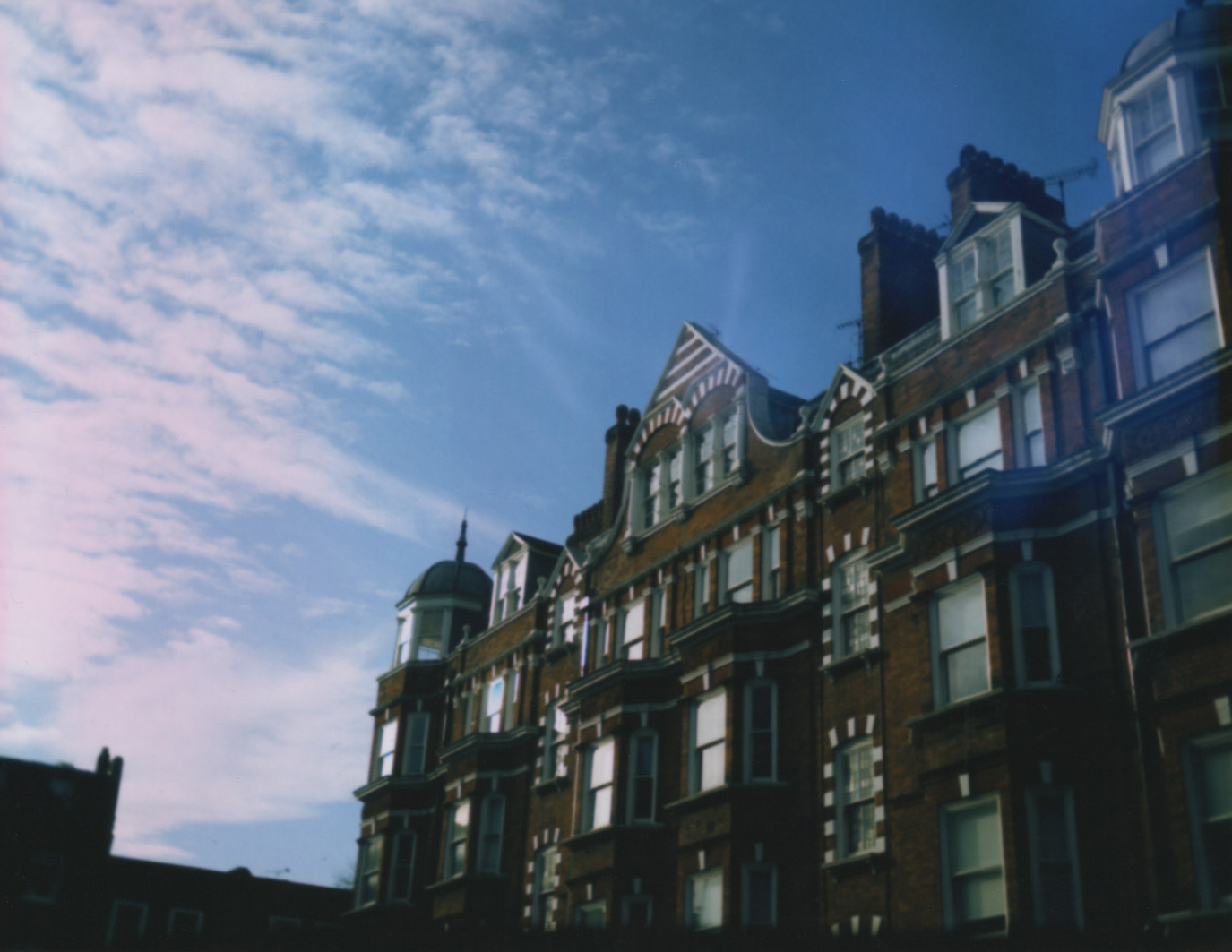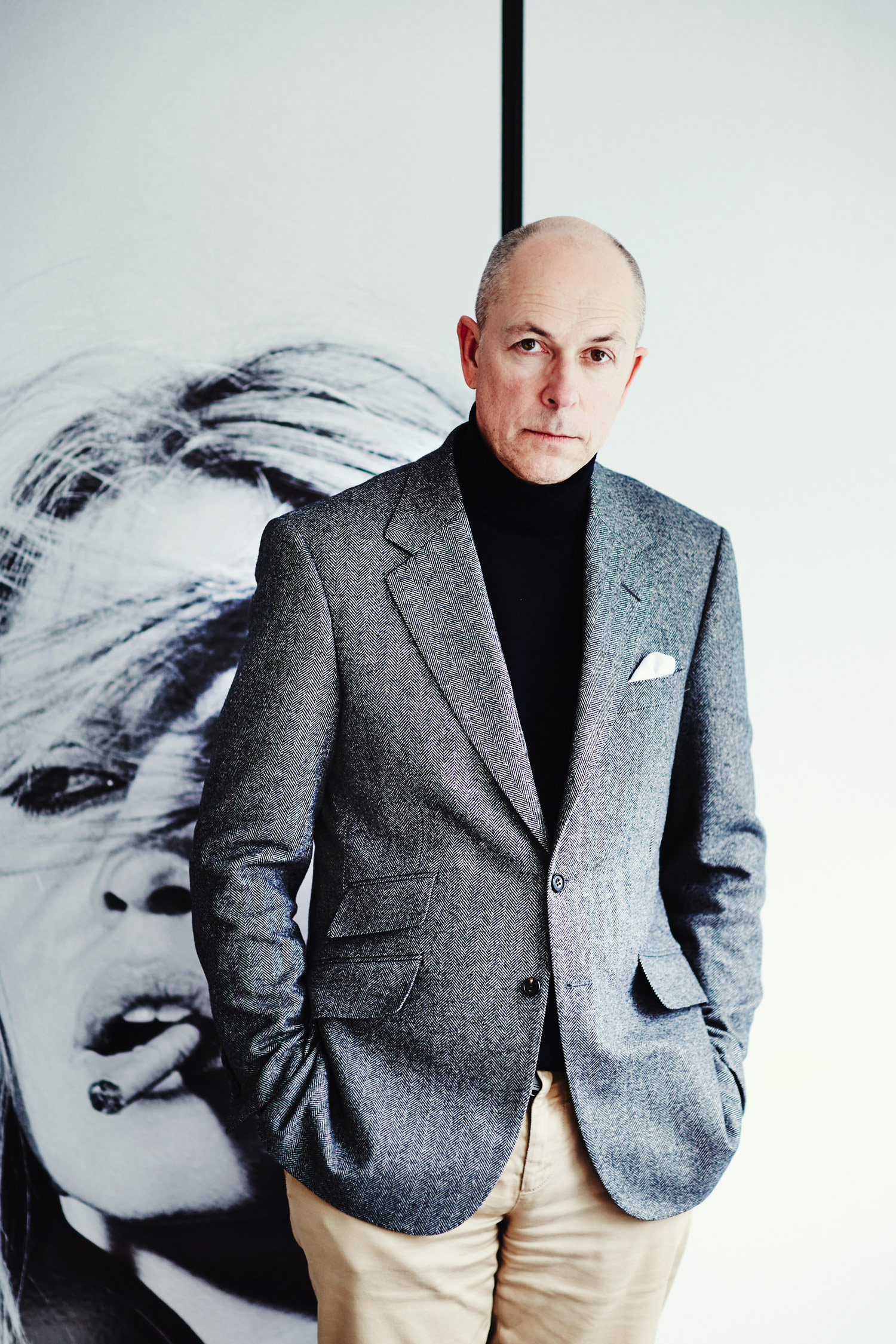Over the years, the rolling hills of Cumbria, one of the old industrial heartlands of northern England, have birthed plenty of artisanal creators. Tradition, craftsmanship and authenticity unite these resolutely British enterprises. So it’s no wonder that it was here, on the kitchen table of John Chapman’s house in Burgh-by-Sands, that production of the first Chapman bags began in 1984. The son of a Nottinghamshire farmer, Chapman had gained his experience as sales director at House of Hardy and Liddesdale Fishing Bag Company. When Barbour bought Liddesdale, they moved all bag operations overseas. Chapman saw a gap in the market for a truly British bag brand. Though he was told by industry colleagues he “would not make a profit for 12 years”, Chapman was soon exporting across the world, with demand growing after the bags were seen on everyone from Led Zeppelin’s Robert Plant to Princess Anne. By the 1990s, the company had moved its workshop to an old red-brick building on Tannery Road in Carlisle, where Daniel Chamier has revitalised the brand even further since taking it over in 2006.
The former banker came across Chapman Bags when he was looking for a rucksack to take on a safari he was planning: “I wanted a really traditional canvas rucksack and I couldn’t find one anywhere,” Chamier explains. So what was it about the canvas Chapman bag he found that made it so special? “Well, in the early 2000s it was very difficult to find things that were made in the traditional way in Britain with high-quality materials,” he says. “Basically, UK manufacturing had more or less gone and been replaced with stuff that was made in China, with completely different specifications and materials. So to find a British brand like Chapman making bags like that was great.”
John Chapman once explained that many of his most successful bags were conceived in the local pub. But behind the self-effacing charm was an astute businessman. “John was a great salesman and, through his time at Liddesdale and House of Hardy, he really knew what he was talking about,” says Chamier. “Back in the early 80s, he realised that there were a lot of companies out there who wanted to develop their own British brand, but didn’t have the product or means. So he went out to companies like Holland & Holland and said, ‘I can make this stuff for you.’ And that’s how he started.”
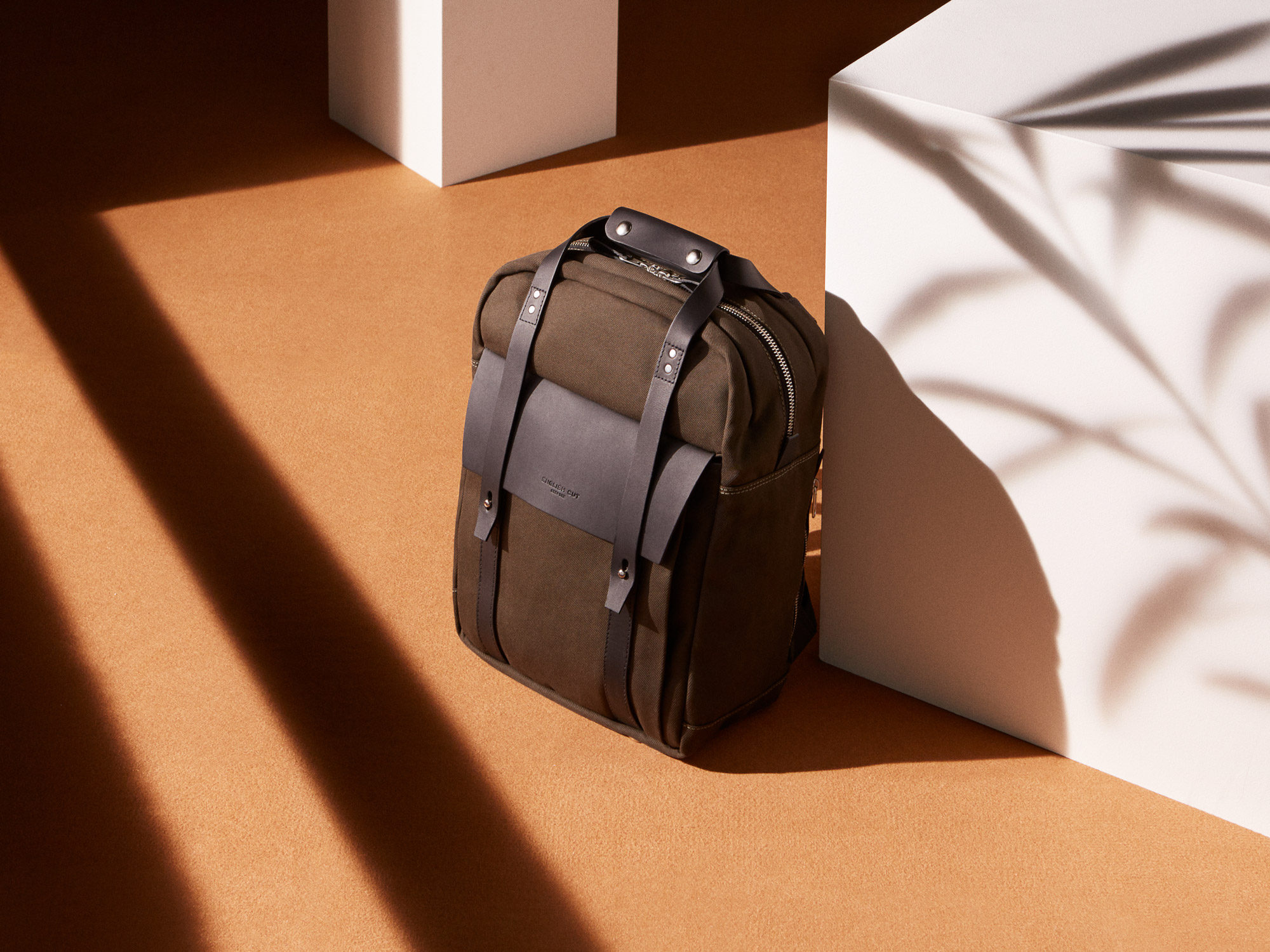
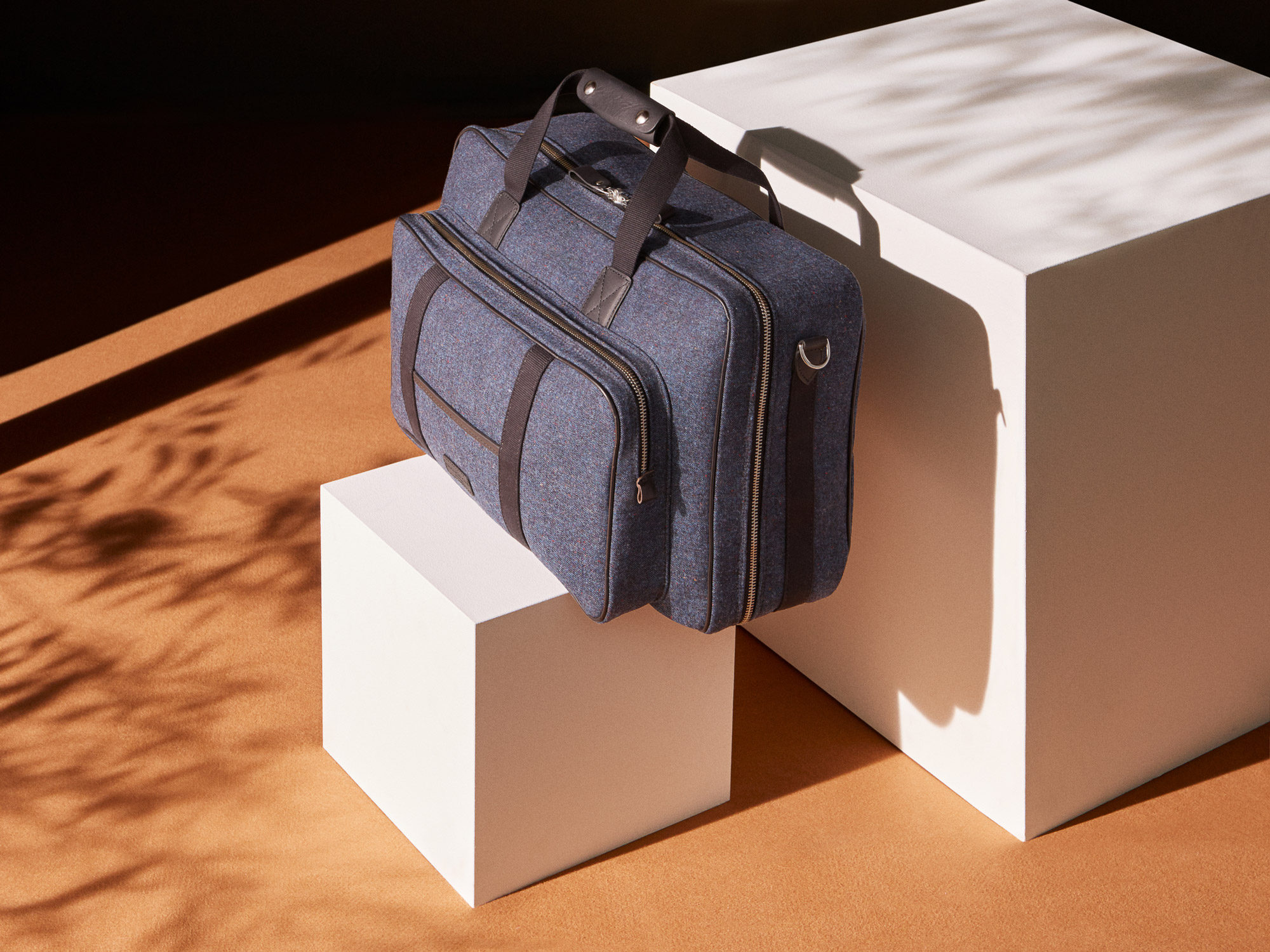
As Chamier found out more about Chapman, he began to feel a real kinship with the company. “At the time, most of the brands coming up just seemed completely vacuous to me. You would see all these quotes about them being luxury brands and that they were made in Britain – but it was all coming from China,” he says. “I really don’t like that, I think it’s unethical. It promotes the mentality that everything can be bought off a shelf rather than what it actually means to make something in Britain, from understanding the materials, to the skills and craftsmanship that goes into it.”
He took over the company in 2006 and has continued to maintain the “made in Britain” ethic. “It’s extremely difficult to be a truly British brand, but you can still find the materials if you look hard enough,” he says. “It’s very important for us to be honest with our customers. We use British manufacturers for everything unless we can’t get high enough quality. So the canvas is dyed, laminated and bonded in Dundee or the Midlands; the webbing is also dyed and woven in the UK; and the brass is still cast in London.”
Unlike the vast majority of global bag brands who now rely on computer technology, all Chapman models are hand-cut and stitched, just like a Savile Row suit. Talking to Chamier, it soon becomes clear how close he feels to the skilled craftsmen who are part of the Chapman family. But how does he find them in an age where these skills are rapidly dying out? “There are a few people around who have got these skills, but you have to work pretty hard to find them. So we went out to the local college and pursued 16-18-year-olds to come and do an apprenticeship with us.”
Chapman is undoubtedly best known for its shooting and fishing bags, such as the Solway and Troutbeck series. Constructed to withstand long winter days on the Yorkshire moors or misty summer mornings on the banks of the Severn river, the emphasis here is on functionality. Adjustable shoulder straps with solid brass fisherman’s rings, laminated heavy-duty waterproof cotton canvas with washable lining, hand-knotted net sections, interior slip pocket for fishing licences – it’s all about the attention to detail. And like comparable British brands, such as Nigel Cabourn, there is something in the functionality of construction that results in a product that is as elegant as it is practical. “There are a lot of brands out there that specialise in having lots of pockets and features, and this, that and the other. And the thing is you really don’t need all that,” says Chamier. “We design our bags the other way by thinking what is absolutely necessary. So we try and focus on keeping the design relatively simple and using high-quality materials and letting that speak for itself.”

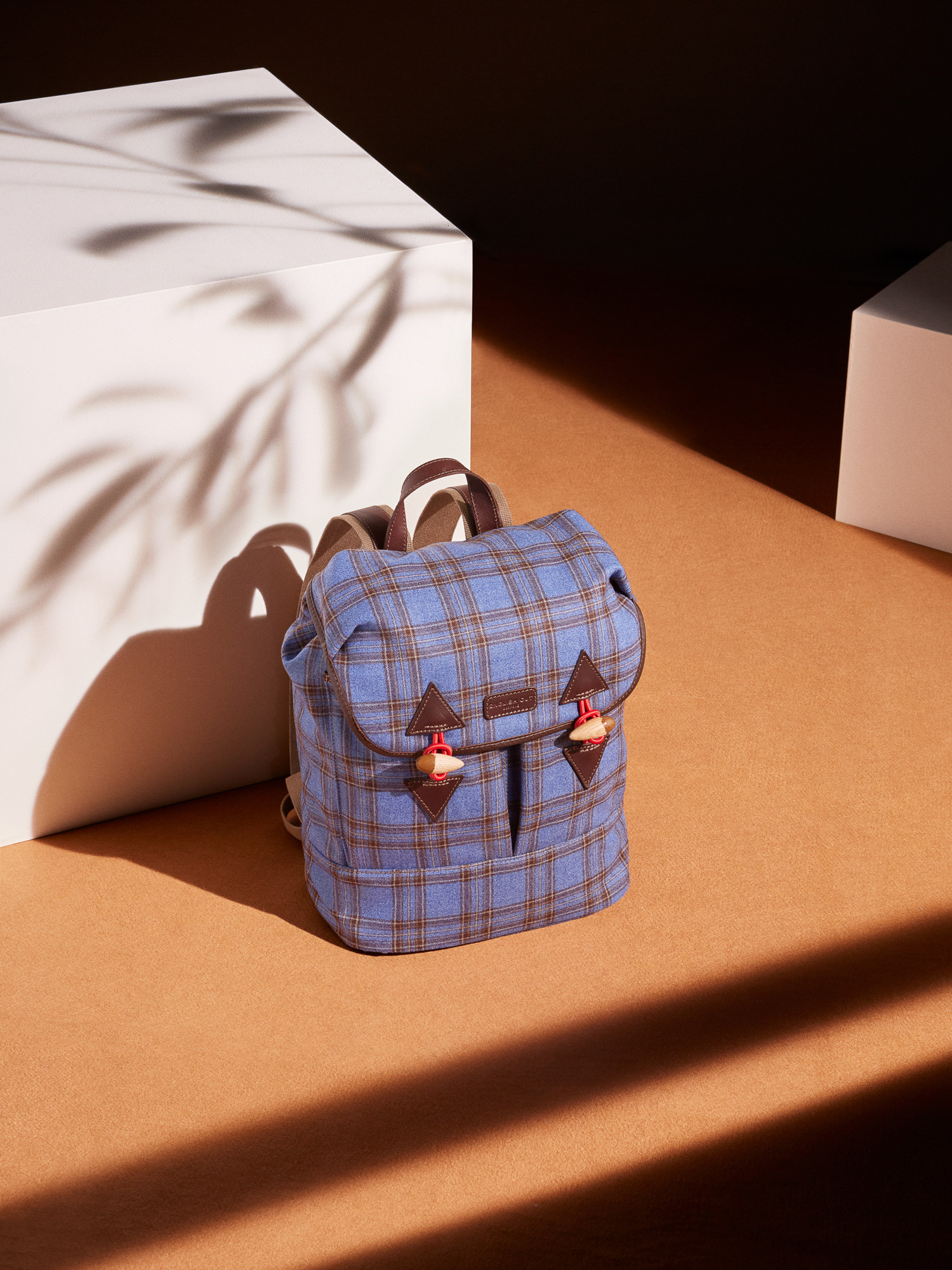
Since Chamier took over the company, he has revitalised the brand while never losing site of its heritage. The first thing he did was to create a new logo: the crossed fishing hooks now every bit as recognisable as Burberry’s Equestrian Knight or Pringle’s lion. While Chapman is still best known for its fishing and hunting bags, through Chamier’s leadership the company continues to develop more contemporary styles. And it’s the way these lines mix modernity with heritage that most impresses. From the brushed nickel hardware and scarlet cotton lining of the City of London collection to the weatherproof border tweed used on the Joanna handbags, these new designs have seen the customer profile of Chapman change over the years. “I guess our traditional customer was the fly fisherman or Countryfile viewer into shooting,” he says. “Although they are still important to us, the newer customers are somewhat more metropolitan and fashion-conscious.”
Collaborations with like-minded British companies have become an essential part of Chapman’s vision for a 21st-century heritage brand – be it a bright yellow waterproof game bag made with Brompton Bikes or a refined Oliver Sweeney x Chapman holdall. “We’ve actually done loads of collaborations, and there is hardly a British men’s brand we haven’t worked with at some stage – we’ve done stuff with Paul Smith, Gieves & Hawkes and, of course, our big collaboration with Brompton,” says Chamier. “All these collaborations are different: some might be just about making bags for someone, while another could be much more about putting two brands together to create something built around shared values.”
It is the British values of what Chamier calls “reliability, quality, community, wit and charm” that Chapman shares with English Cut. As Chamier points out, the two brands have plenty of crossover: “Yes, firstly it’s geographic, as they are just around the corner from us here in Cumbria,” he explains. “I actually see Tom from English Cut quite often in the local pub, so it was only a matter of time before we worked together.” The list goes on. “Also, we are both authentic manufacturers of British clothing and accessories, of course,” he says. “As tailors they are of course working at a very bespoke level in that each suit is hand-made to the customer’s requirements, but then each of our bags is also hand-made, so there are a lot of similarities there.
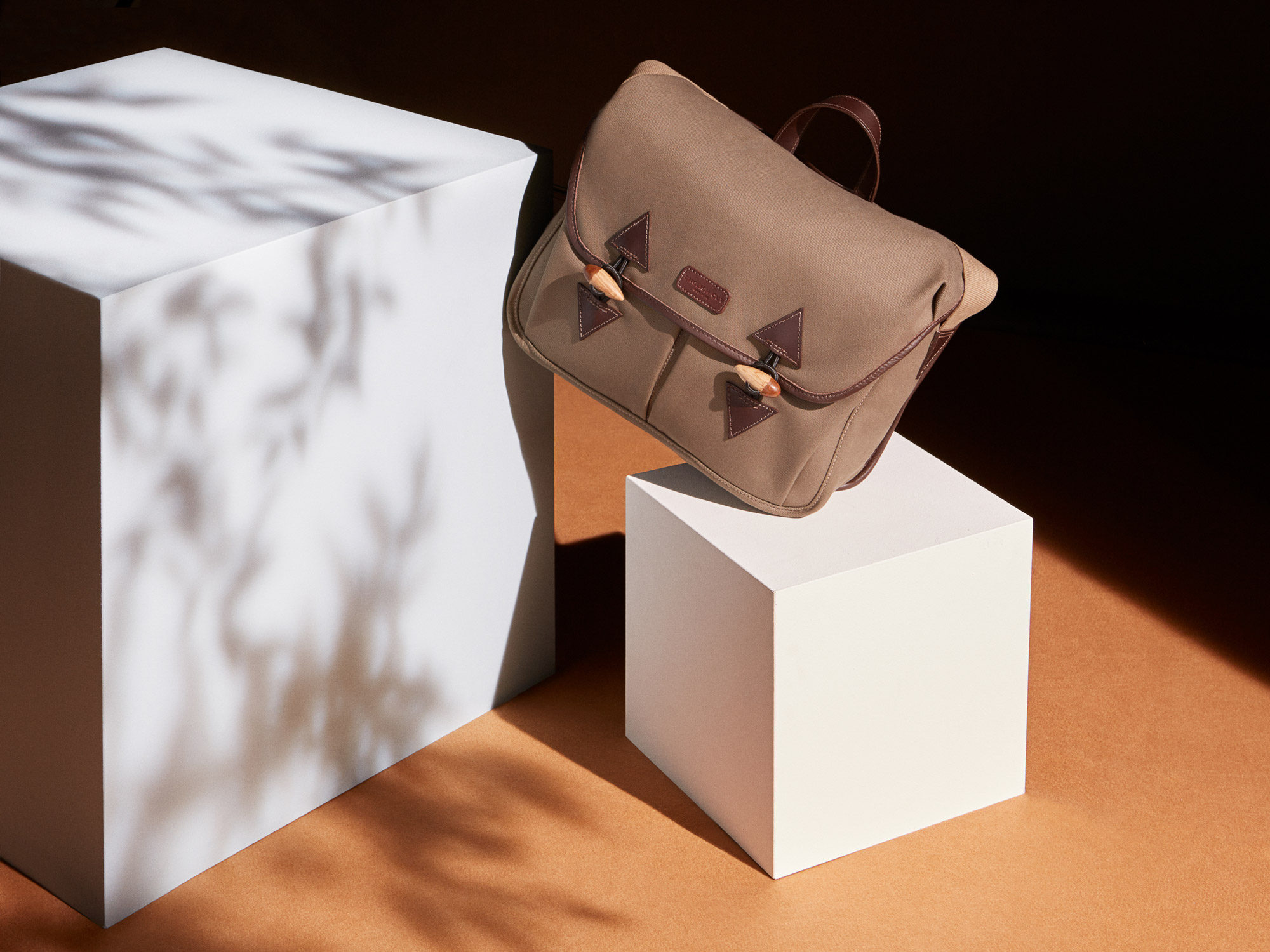
We also have a bespoke service and are one of the only companies in the UK that do that. So that is an interesting connection with English Cut, and I think that we can learn a lot from each other.” As for the creative process behind the collaboration, Chamier found it was a mutually beneficial exercise: “Yes, they looked at a selection of both traditional and modern styles that we do and they’ve taken some of the materials that they use for suits and combined the two. I’m really looking forward to seeing how they expand their business in bags and luggage, as it’s an area they haven’t worked in before. So that is really exciting, I think.”
Lastly, Chamier also highlights the fact that the two brands are from the border region between Scotland and England, which gives them a similar sense of identity – but what is it about the area that the two companies find so inspiring? “It really is one of the last untamed wildernesses of England,” Chamier explains. “There is a very rich history here of course with things like Hadrian’s wall, the north-west frontier of the Roman empire for nearly 300 years. In the 16th century, it was like the wild west here – a real frontier place where different rules applied. And I think you still get a feeling of that when you walk around Carlisle. So, as well as being an area of outstanding natural beauty, it’s also got this very strong identity. It was also one of the cradles of the industrial revolution. There is also a really strong tradition for its craftsman, so there is much that binds us to the place!”
Available to buy at English Cut,
58 Chiltern Street, London, W1U 7QZ


